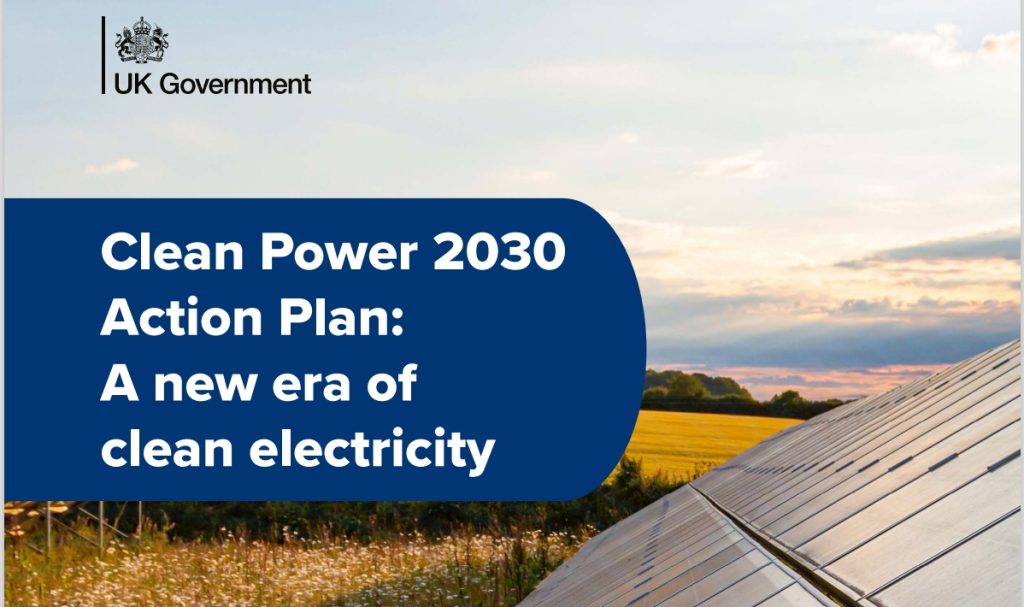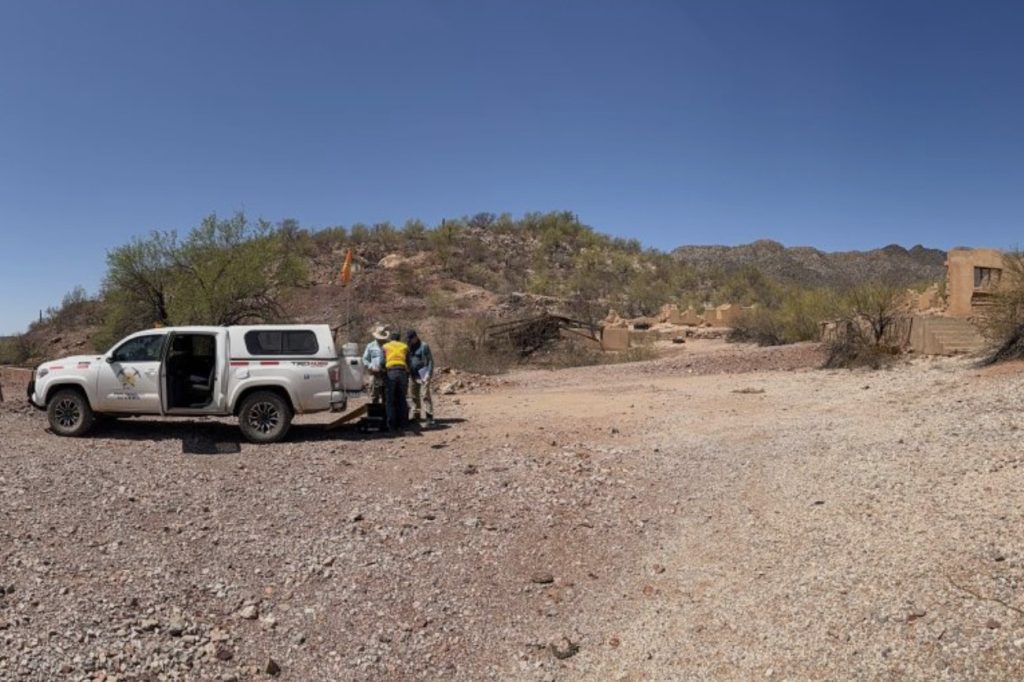
The UK government has unveiled an ambitious Clean Power Action Plan aiming to achieve 100% clean electricity by 2030. This initiative seeks to reduce reliance on volatile fossil fuel markets, lower energy bills, and create thousands of skilled jobs. Energy Secretary Ed Miliband heralded the plan as a transformative reform for Britain’s energy infrastructure.
Key Components of the Clean Power Action Plan
-
Accelerated Renewable Energy Development
The plan emphasizes the rapid expansion of renewable energy sources, particularly offshore wind and solar power. By 2030, the UK aims for wind and solar to constitute approximately 80% of electricity generation, with unabated fossil fuels making up less than 5% .
-
Reforming Grid Connections and Planning Processes
To address delays in energy project approvals, the government proposes reforms to streamline planning processes and expedite grid connections. This includes removing stalled projects from the queue and prioritizing those ready to proceed .
-
Investment in Clean Energy Infrastructure
The plan outlines substantial investments in clean energy infrastructure, including the UK’s first Carbon Capture project in Teesside, set to begin construction in 2025. These initiatives aim to generate thousands of skilled jobs and stimulate economic growth .
-
Public Support and Long-Term Commitments
Ensuring public buy-in is a critical component of the plan. The government recognizes that the success of the Clean Power Action Plan will depend on the active involvement of consumers, businesses, and communities. Efforts include improving energy efficiency in homes and supporting the transition to cleaner heating systems .
Conclusion
The UK’s Clean Power Action Plan represents a significant step towards achieving energy security and economic growth through clean electricity. By focusing on renewable energy development, reforming planning processes, investing in infrastructure, and ensuring public support, the government aims to create a sustainable and resilient energy future.











Leave a Reply
You must be logged in to post a comment.